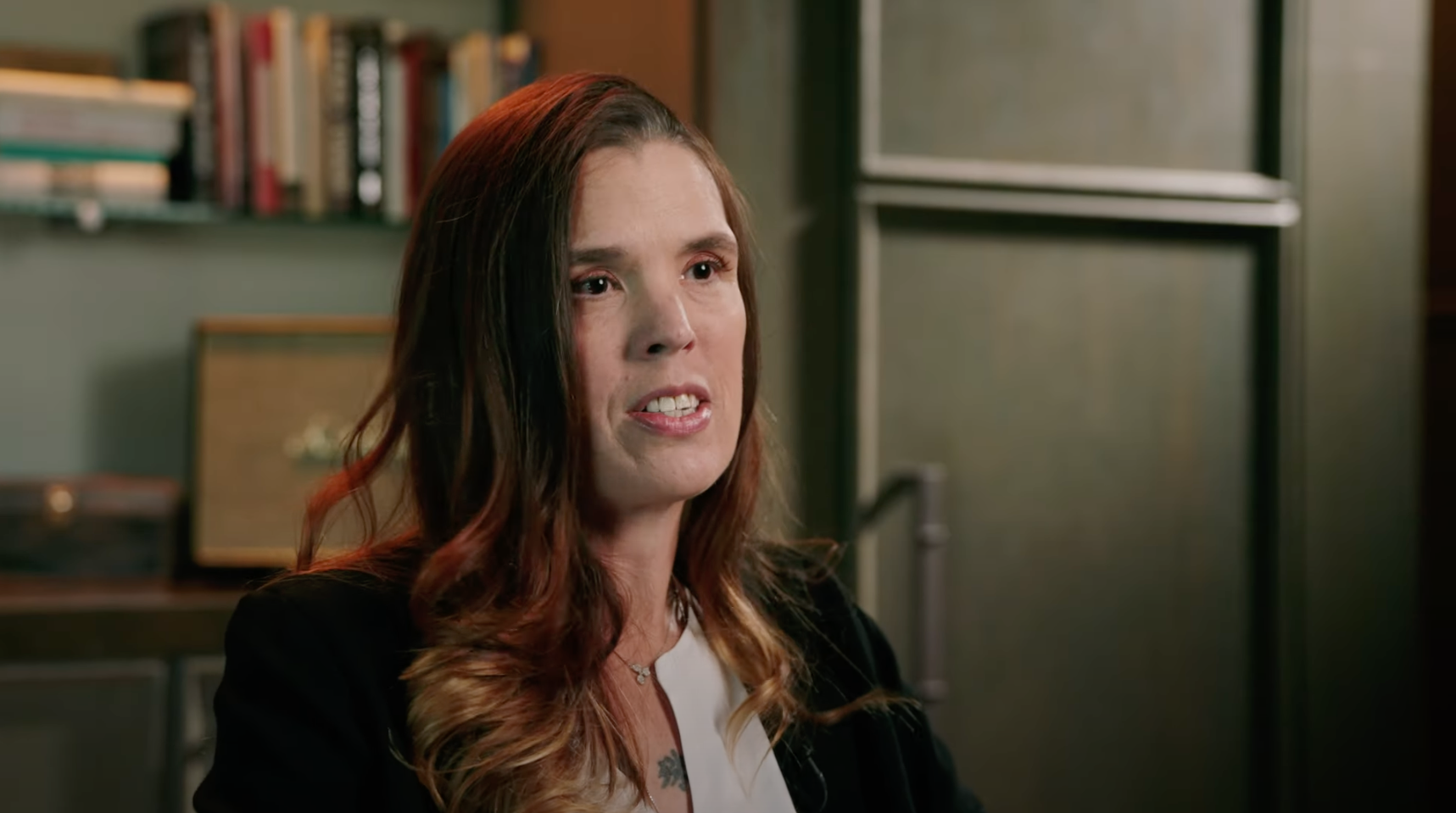



TRANSFORMING MEDICAL DOCUMENTATION FOR A SMARTER FUTURE
Managing medical records shouldn’t be a burden. When documentation is seamless, your team can focus on providing high-quality care instead of navigating administrative roadblocks. Healthcare providers face daily administrative burdens that reduce efficiency and take away from patient care. We’re here to change that.
With AI-powered automation and human-verified precision, we optimize workflows, eliminate documentation roadblocks, and allow medical teams to focus on what truly matters—delivering exceptional care.
OUR MISSION
Medical records teams are often stretched thin, struggling with outdated systems and inefficiencies that slow down operations. Our goal is to change that by equipping your team with intuitive, intelligent solutions that reduce stress and optimize workflows. Docfluent was built to solve these challenges. Our mission is to empower healthcare providers with intelligent, human-centric technology that streamlines operations, improves patient outcomes, and enhances the care experience.






